Crisana
&
Banat
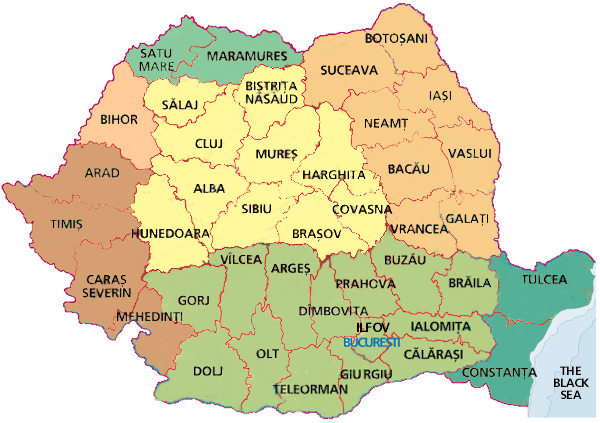
Moldavia
Dobrogea
Muntenia (bottom)
| ROMANIA MAP | REGIONAL MAP | E.EUROPE MAP | ROAD MAP | ACCOMMODATIONS | WORLD OFFICES | LINKS |
| Maramures | |||
| Crisana & Banat |

|
Moldavia Dobrogea |
|
| Transylvania (center) Muntenia (bottom) |
|||
|
Romania's six diverse provinces are each unique in style and culture, in geography, in historical background, and in the attractions and activites they offer visitors. |
|
Transylvania Transylvania lies in the center of Romania, surrounded by the arc of the Carpathian mountain chain. It is perhaps Romania’s best known province, immortalized in legend, literature and film as the homeland of Dracula. The real life Dracula, the Wallachian prince Vlad Tepes, known as Vlad the Impaler, did indeed live here in the 15th century. There are numerous tours to the Prince of Darkness’ historic haunts, but also countless other reasons to visit, including Transylvania’s dramatic geography of rugged mountains, dense forests, dark caves and lowland valleys. | ||
| This province is filled with medieval cities like Brasov, featuring old Saxon architecture and citadel ruins; Sibiu, with its cobblestoned streets and pastel colored houses, and Sighisoara, adorned with a hilltop citadel, secret passage-ways and 14th century clock tower. The province is also known for its stunning castles. Bran Castle, near Brasov, is a Gothic fairy-tale structure. The 15th-century Corvin Castle, at Hunadoara near Deva, is also quite a remarkable structure. |
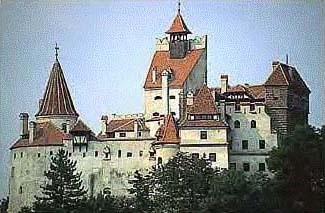
| |
|
Maramures An ancient province in northwest Romania, bordering Ukraine, Maramures provides a look at another side of Romania. The only region never invaded by the Romans, the inhabitants of these remote mountain villages have preserved, to an amazing extent, the rural culture and crafts of their Dacian ancestors. Maramures villages are distinguished by their unique wooden churches with tall spires and shingled roofs. Elaborate wood carvings decorate the eaves, entry-ways and windows of houses. The local handiwork is also seen in the hand-woven carpets and intricate embroidery that adorns folk dress still worn by residents. |
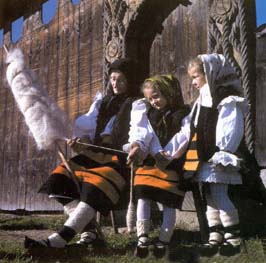 |
|
Moldavia In northwest Romania lies the province of Moldavia, also called Moldova (not to be confused with the Republic of Moldova). It is a region of wineries, mineral spring spas, medieval towns, and the literery center of Romania, Iasi. It is also the home of Bucovina's Painted Monasteries. |
||
| Its northern region, Bucovina, is renowned for its 15th-century painted monasteries, acclaimed as masterpieces of art and architecture. Their exteriors are covered with Byzantine-influenced frescoes of biblical scenes, painted in vibrant blues, reds and green colors. The main ones to visit are Voronet, Humor, Moldovita, Sucevita and Arbore. The city of Suceava is the base point for your tour of Bucovina.
South of Bucovina you'll find the spas of Vatra Dornei, Slanic Moldova and Solca at the foot of the north-eastern Carpathian mountains. There are also the medieval towns of Piatra Neamt and Targu Neamt, and the mountains of Rarau, Ceahlau, Vrancea and the winter resort of Durau. These areas include botanical and nature reserves, neolithic abodes, folk architecture, wooden churches and the pottery centers at Falticeni and Marginea. Moldavia is home to the university city and literary center of Iasi, situated near Romania's eastern border with the Republic of Moldova. This was home to the country's most famous literary figures - Mihail Kogalniceanu, Ion Creanga, Mihail Sadoveanu and Otilia Cazimir. Iasi has museums of art, history, ethnography, sound technology and natural history; it also has a magnificent opera house and a lovely botanical garden. Finally, Moldavia is a winemaking region with vineyards at Cotnari, Paneiu and Odoresti. |
 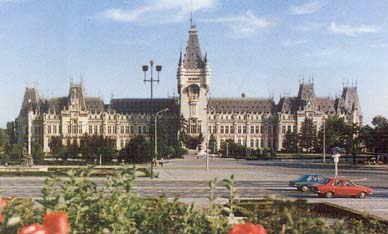
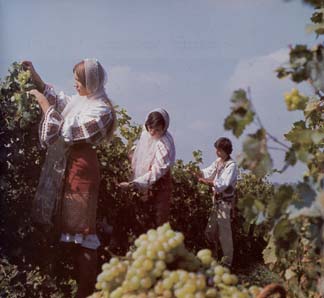 | |
|
Crisan & Banat Romania's western border spans two regions: Crisan, bordering Hungary in the north, and the southern Banat, which mainly borders Yugoslavia. The Banat region was settled primarily by southern Germans in the 18th century on invitation of its Hapsburg ruler. Their influence is evident in the architecture of its main city Timisoara, known as "the garden city". This is an important trade and university town, particularly notable as the place which sparked the 1989 revolution that led to the ouster of Nicolae Ceaucescu and ended Romania's 45 years of communism. | ||
|
To the southeast lies the Baile Herculane spa, established by Romans around the year 100 AD and still Romania's most fashionable spa. Nestled in the Cerna Valley of the southern Carpathians, it has mineral and thermal springs, indoor and outdoor pools and offers treatements for rheumatic and nervous ailments, as well as mud baths and massage all year round.
Just north of Timisoara on the Mures River is the quiet city of Arad,a major railroad junction for international trains. On its main street, Bd. Revolutiei, you’ll find some impressive turn-of-the-century buildings. Arad's six-pointed citadel, built by order of Habsburg Empress Maria Theresa in 1762-1783 is now used as a military barracks and is off-limits to visitors. In the northern Crisan region, its main city Oradea, just ten miles from the western border, is a good stopping place for travelers moving to or from Hungary. The city's activity centers around its two main squares, separated by the Crisul Repede river. Piata Republicii and the pedestrianized Strada Republicii are north of the river; an area lined with ornate buildings in vivid colors, shops, bookstores, and cafes. Piata Unirii is south of the river where several grand civic and historical buildings reside. A short bus ride from the center of Oradea is Baile Felix, Romania's largest spa. Open year round, it has fifteen mineral and thermal springs that treat rheumatic, nervous and digestive problems; it also has indoor and outdoor thermal pools. |
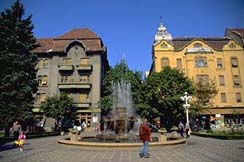
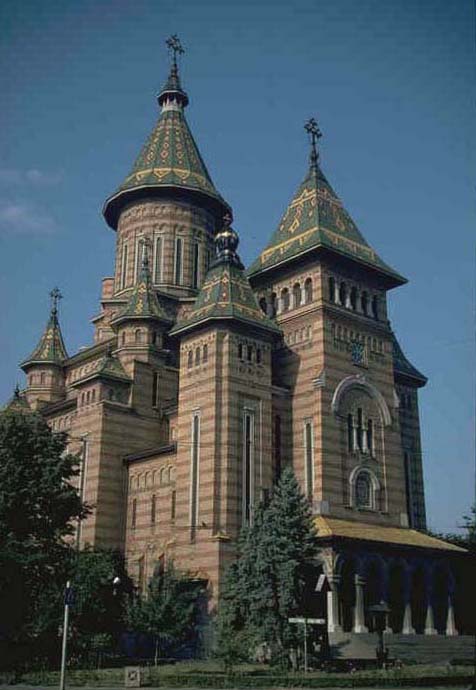
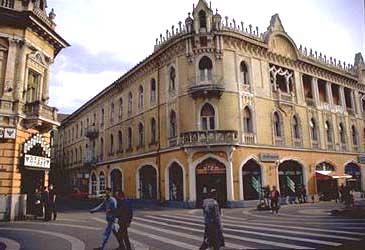
| |
|
Muntenia Bucharest, Romania's largest city and capital, is located in the province of Muntenia, also known historically as Wallachia. North of Bucharest is the beautiful Prahova Valley, at the foothills of the Carpathians. The popular ski resorts of Predeal, Busteni and Sinaia are here; Sinaia is also home to the magnificent Peles Castle, built in 1883 for King Carol I. West of Bucharest are the Curtea de Arges monastery, and the Olt Valley’s Cozia and Turnu monasteries near Ramnicu Valcea; also Horezu, a major pottery center. Farther west, Targu Jiu is home to sculptor Constantine Brancusi's masterpieces.
|
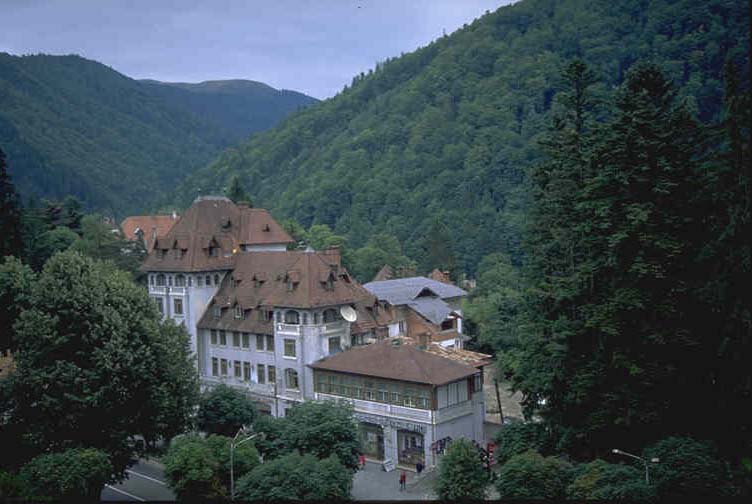 |
|
Dobrogea Dobrogea province hugs the Black Sea and is home to the Danube Delta wildlife preserve, the ancient port city of Constanta, and to the seaside resorts along its southern shore. | ||
|
The Danube river’s delta, where it junctions with the Black Sea, is a watery wilderness of marshes, islands, lakes and woods that is home to more than 300 species of birds. From the port city of Tulcea, day cruises through the delta’s waterways give visitors a view of the abundant wildlife and centuries-old fishing villages.
South of the delta, the historical city of Constanta serves as a major industrial port on the Black Sea. The area was first conquered by Greeks in B.C., later settled by the Romans who named it after their emperor Constantine. The poet Ovid was exiled here until his death. Constanta still has remains of its ancient era, as well as a fine museum, the Mehmed Mosque and its grand Casino. It is also the main connection for reaching the seaside resorts. More |

|
|

| Bucharest Transylvania Monasteries Carpathians Castles Villages Black Sea Danube Delta | ||||||
| Return to TOP Return to HOME | ||||||
| Also visit www.RomaniaGuidebook.com | ||||||